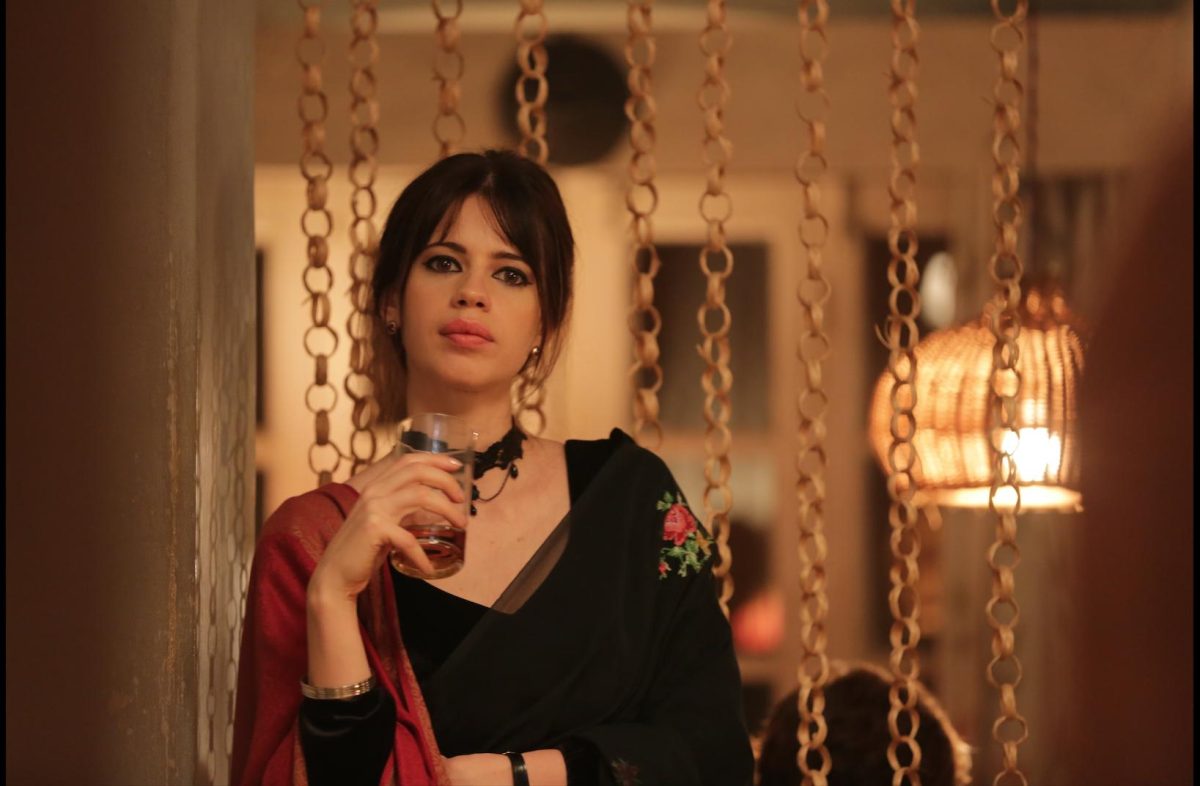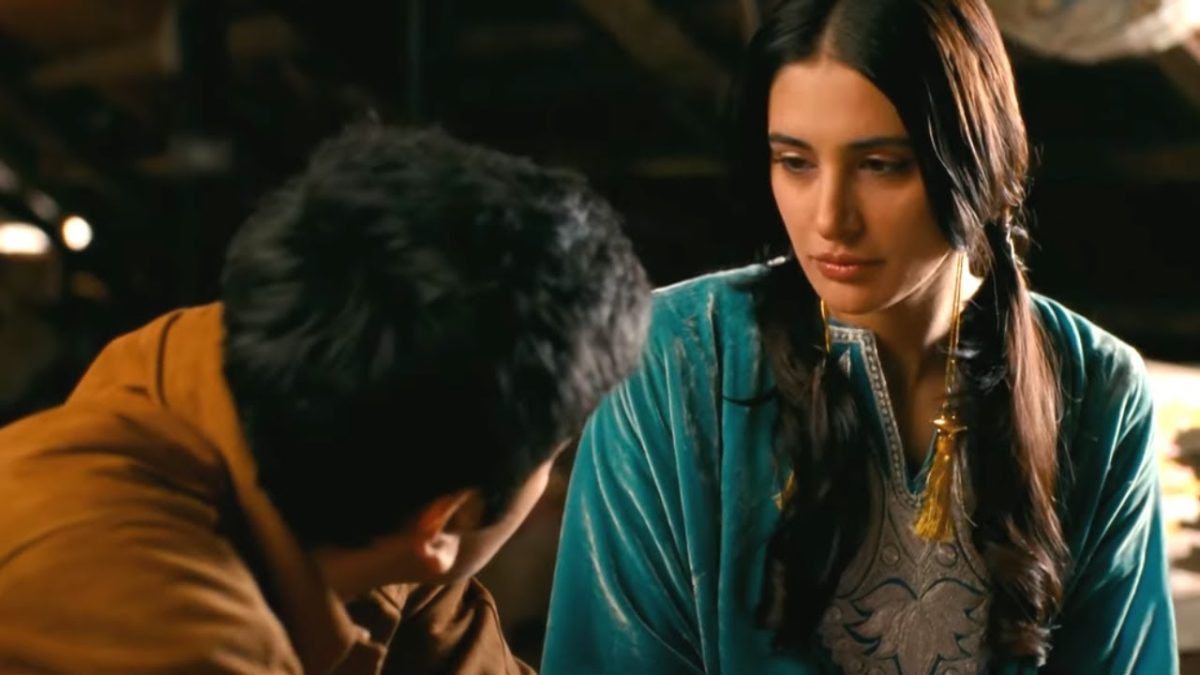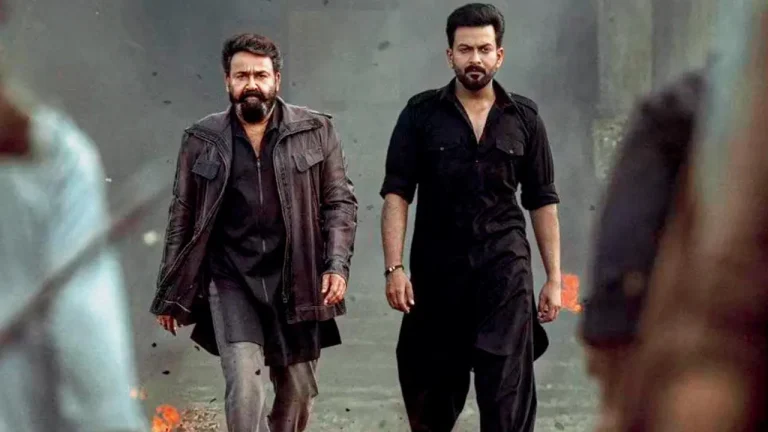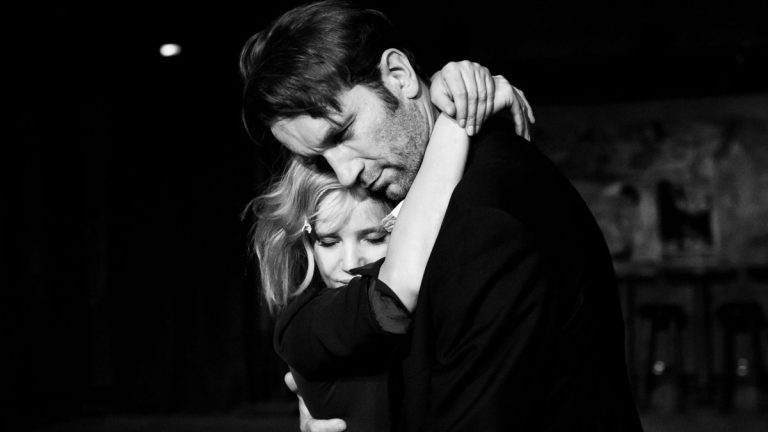She is volatile. She forgets birthdays, gets drunk, makes poor decisions, and breaks down in inconvenient places. What’s more, she cries on bathroom floors, writes poems that she never finishes, and sends texts to people that she shouldn’t. She disappears for days, bursts out at the dinner table, then offers comfort to a stranger with staggering intimacy. Her life isn’t a straight line but a whirlpool. Indian cinema has exiled this woman from its theaters for decades.
In popular Hindi cinema, the feminine heroine has often been portrayed as an instrument of order. As self-sacrificing mothers, dutiful girlfriends, or morally instructive lovers, women existed to uphold social balance. When disorder arrived, it arrived in brief doses, and melodramatic breakdowns, and unsuitable love affairs, and then resolution or ruin. Rarely did a woman’s emotional disorientation form the basis of a film’s worldview, and when it did, she was quickly pathologized.
The wayward woman, when she did appear in Indian films, was often confined to a didactic spectacle – a character that was sympathetic but never understood. Her emotional crisis in “Arth” or “Silsila” was never presented as a true expression of human emotion but as a tragic deviation from the idealised feminine norm. These women, passionate, confused, and torn apart, were rarely given the respect of contradiction. Instead, their lives were reduced to morality plays, where chaos served to initiate only punishment or resolution.
Their stories were cinematic eulogies. Their emotional instability, instead of being interrogated or inhabited, was aestheticized into visual sorrow. The viewer was asked to mourn their destiny, rather than critique the structures that built it. These women were not permitted to mature; they were embalmed in mid-crisis. Their suffering was a prop, rather than a destination. It was raised like a broken mirror, fleetingly, stunningly, and then stored away. This restraint wasn’t merely narrative – it was political. It implied that a woman’s interiority, when too vocal or too complex, must finally be muffled in the interests of social cohesion.
Also Read: Top 15 Hindi Films of 2016
Leena Yadav’s “Parched” (2015) is a quiet paradigm shift in Indian cinematic representation – a reset not just of what female characters endure, but how their survival is narratively and visually built. In the arid terrain of rural Rajasthan, the film performs its quiet defiance not in excess but in attunement: attunement to the grainy rhythms of female life based on generations of brutality, repressed longing, and cultural prescriptions masquerading as destiny.

Lajjo, performed with trembling beauty by Radhika Apte, is not just a victim of domestic violence or infertility, but a woman whose body has been scripted by others, until she starts scripting herself differently. Her laughter, her sensuality, and her points of breaking don’t fit into the redemption arc. They are acts of rebellion instead. The mess of her freedom is what makes it authentic. She doesn’t walk towards freedom but stumbles to it, bleeding and barefoot, but moving.
Yadav does not direct with judgment but with wonder. Her camera does not try to solve these women. She sits with them, observes their rage, hurt, lies, betrayal, and forgiveness. The chaos is not aesthetic; it is lived. And in the act of lingering and of not interrupting or simplifying, Yadav creates a cinema of witness, not instruction. Thus, chaos here is not ornamental; it is foundational. It doesn’t just disrupt the women’s lives; it re-makes them. Their acts of resistance are not climactic gestures, but quotidian, defiant acts, to speak, to leave, to want, to dance; and in doing so, they stake a life beyond survival, a life carved by their own hands, however unsteady they may be.
This act of careful, unflinching, and intimate film witnessing is a politically innovative choice. Women in Indian film had been allowed emotional nuance only if it was paired with a consequence for decades. To be unruly was to court disaster; to be unpredictable was to be punished. But directors such as Leena Yadav, Anvita Dutt, Konkona Sen Sharma, and Alankrita Shrivastava are reworking that arithmetic. They will not paint moral lessons or archetypes.
In movies such as “Lipstick Under My Burkha” and “A Death in the Gunj,” the women in the foreground simply cannot carry out their roles in society convincingly. They mutter instead of smiling, delay instead of serving, falter where they should surrender, much like Savita’s complicity at the intersection of marriage with a “suitable boy”, Pran. These acts of saturation eventually burst forth as climactic uprisings; they are incremental acts of disobedience – the kind that build, crack, and eventually, dismantle a whole system.
What these women have in common is not a desire to dismantle the system, but a determination not to be flattened by it. We read in Shireen a woman building a double life with the same hands that fold the laundry and cook for a family that silences her. We read in Lajjo a woman who has learned shame until it is turned inside out and hungers, first, for touch, then freedom and agency. In Sen Sharma’s “A Death in the Gunj,” women subvert not with noise but silence, not with definition but shadows. They become mirrors that refuse to flatter but reflect.
There is a quiet, defiant, and deliberately radical narrative tenderness that runs throughout the grammar of these films. But more than that, it is a kind of cultural interruption. These are subversions that do not offer up traditional cinematic solutions but leave a kind of narrative pause, a space to breathe in which women may exist unenclosed.
Culturally, this refusal of coherence is revolutionary. The performance of femininity, as bell hooks insists, has always been an act of discipline. Women are instructed to perform acceptability, to stage-manage their responses, to temper their outrage, and to reduce their needs to the margins. The women in these films break that performativity. They don’t disintegrate tidily; they explode. Their emotional excesses are not worked over for the comfort of the viewers.
Also Read: Why Women-Centric Films in Hindi Cinema are not Necessarily Feminist Films?
This is a political way of looking. Earlier movies placed women’s disorder as a cause of either salvation or devastation. But these new narratives force us to stay with that disorder as a viable, even necessary, state of affairs, to provide distress, in which is the potential for a different way of looking – one that doesn’t reduce women to their narrative role. To sit with the chaotic woman is to be undone by an unlearning. These films disorganize the gaze, predominantly the internalized gaze that women bear within themselves.
These films question: What if you did not apologize for being too much? What if your tears were not cinematic, but inconvenient? And what if your anger was not redemptive, but just there? Therefore, the chaotic woman is not a metaphor for rebellion, but is its bodily condition. She eschews plot, denies closure, and deconstructs the very architecture of female likability, but requires your patience. And in so doing, she demands a cultural reckoning, not with womanhood as it is supposed to be, but as it actually is: restless, unresolved, and completely alive.

In a world that has traditionally accorded the privilege of emotional breakdown to men – from Devdas to Jordan in “Rockstar” – the entry of women who can break down without apology is revolutionary. The films do not offer healing as closure; rather, they offer presence. Behind it stand filmmakers, some of them women, who understand that representation politics cannot be separated from form.
These films suggest that watching a woman struggle with her contradictions is an enormously liberating experience. It creates emotional space that would previously have been off-limits, inviting audiences to sit in their own mess, their own tangles, without the need to untangle them.
Among these very constellations, “Sister Midnight” stands out as a dark star – disturbing, mesmerising, primal. Uma, married into a Mumbai chawl, inhabits not just a cramped one-room apartment, but a collapsing inner world that Kandhari captures with unflinching precision. Her defiance seeps into her speeches. It appears in her hacking coughs, smeared lipstick, and dead bird and goat pelts she plows into her sheets – hybrid performances of rage and ritual. When she has her husband cremated under a wind‑scorched sky, accompanied by a group of transgender supporters, she stages a refusal to play martyr, not with spectacle, but with stillness and dignity
All visual language here – the look of the film, i.e., the stop‑motion creatures, fever‑dream cutting, soundtracking that cycles from blues to Cambodian pop – dismantles comfort and predictability. Uma’s domestic terrain is transformed into a haunted landscape; every creak, every corridor is heavy with her frustration with normalcy. She slices vegetables in one scene with a sickle she doesn’t know how to use, not for household duty, but as a protest against performing wifely competence, her incompetence as resistance
Uma’s movements obey no logic of story; they are loops of contradiction: she loves and hates; she hungers for intimacy and burns it; it is a manifesto. She resists the label of “strong woman” or “broken woman”; she is layered, funny, predatory, vulnerable – an alchemy of femininity unraveled. Uma’s body defies the choreography given to it, for which she does not apologise.
Crucially, the audience is invited to inhabit the reality of this film. It likens Mumbai’s nocturnal decay to Uma’s interior meltdown, merging city and psyche into a single organism. Kandhari’s refusal to offer closure is telling: the dissolution is itself the point. When Uma disappears in smoke and legend, she leaves behind a spectre that won’t be domesticated.
Hence, the chaotic woman is not a return. She is a refusal. She is not new; she has always been there – in myths, in literature, in the tales we were told to avoid. What’s new is that we’re willing to look at her, not as a problem, but as a proposition: What if womanhood were not a lesson in restraint, but a practice in becoming? That is the question Indian independent cinema is finally prepared to ask. And in asking, it alters not only what we tell, but how we come to live with ourselves.









![Malaal [2019] Netflix Review: A Clichéd Romantic Tragedy](https://79468c92.delivery.rocketcdn.me/wp-content/uploads/2019/07/Malaal-2019-Review-768x432.jpg)